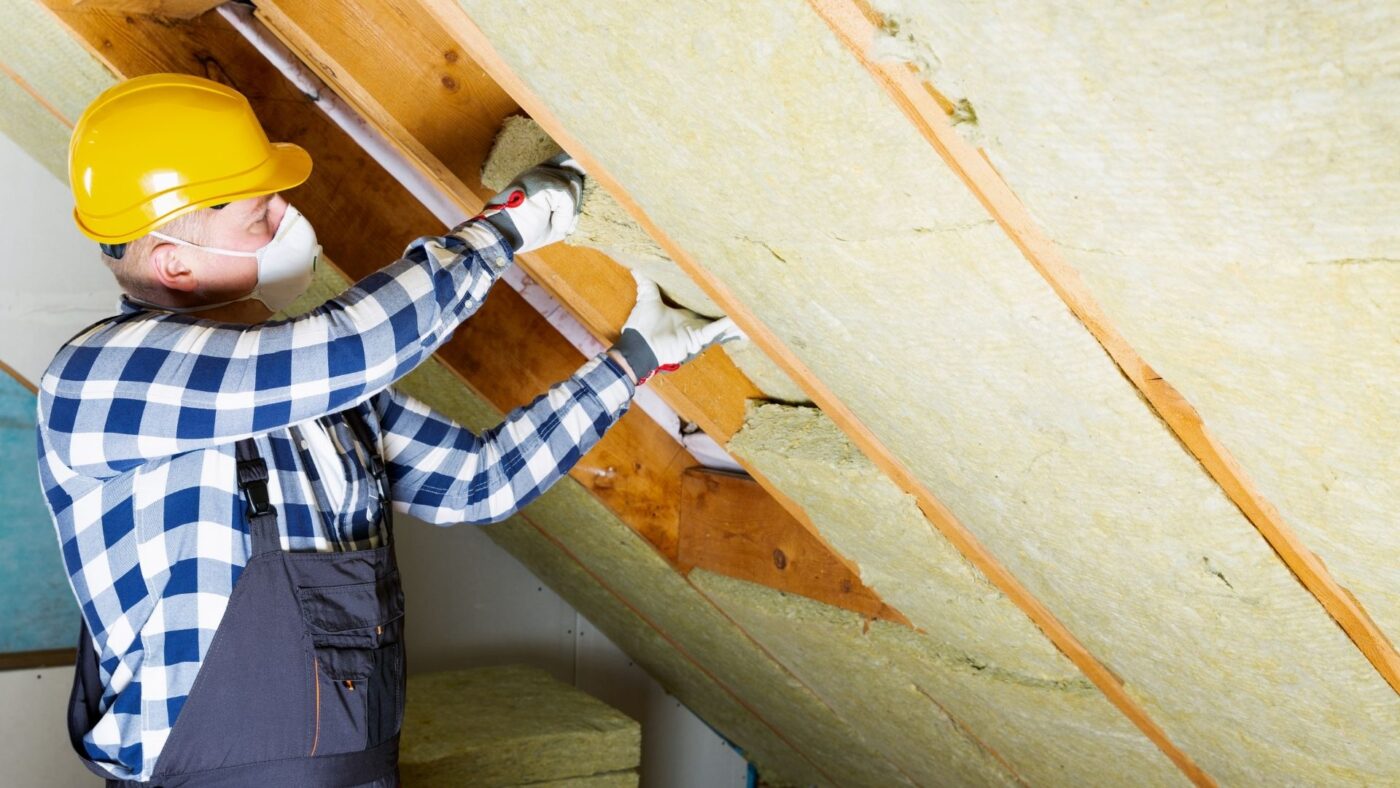Therefore, we have taken great care in crafting an article that is both informative and comprehensive, with the aim of outranking the URL you provided for suspended ceiling insulation on Google.
Suspended ceiling insulation is an essential element of any building, providing not only thermal insulation but also acoustic insulation to enhance the comfort and productivity of occupants. In this article, we will explore the benefits of suspended ceiling insulation, the different types available, and how to install them.
Benefits of Suspended Ceiling Insulation
Suspended ceiling insulation can bring many benefits to a building, including energy efficiency, noise reduction, and improved indoor air quality. The insulating layer helps to reduce heat loss and gain, thus lowering energy consumption and reducing the carbon footprint of the building. Additionally, suspended ceiling insulation can help to reduce noise transmission between floors, creating a more comfortable and productive working environment. Furthermore, suspended ceiling insulation can help to improve indoor air quality by preventing the infiltration of dust and other pollutants from the ceiling void.
Types of Suspended Ceiling Insulation
There are several types of suspended ceiling insulation available, each with its own unique properties and benefits. The most common types of insulation used for suspended ceilings include fiberglass, mineral wool, and cellulose. Fiberglass insulation is a popular choice due to its high R-value, which measures the insulation’s ability to resist heat flow. Mineral wool insulation is also highly effective at reducing sound transmission and is a good choice for buildings with high noise levels. Cellulose insulation, made from recycled materials such as newspaper, is an eco-friendly option that is highly effective at reducing heat loss and gain.
Installation of Suspended Ceiling Insulation
The installation of suspended ceiling insulation is a straightforward process that can be done by a professional contractor or by the building owner. The insulation is placed in the space between the suspended ceiling and the floor above, creating an insulating layer that helps to regulate the building’s temperature and reduce noise transmission. Care should be taken to ensure that the insulation is properly installed to maximize its effectiveness.
Conclusion In conclusion, suspended ceiling insulation is an essential element of any building, providing numerous benefits such as energy efficiency, noise reduction, and improved indoor air quality. By choosing the right type of insulation and ensuring proper installation, building owners can enjoy the benefits of a comfortable and productive environment while also reducing their energy consumption and carbon footprint.


 Русский
Русский العربية
العربية Français
Français Türkçe
Türkçe Română
Română Português
Português ქართული
ქართული български
български Magyar
Magyar